If you were deciding to improve your health and you knew that animal foods were not quite as healthy as plant foods, which would you give up first? Dairy or meat? This post, the Milk Post, looks at this important question.
All the vegetarians in the world have chosen to give up ‘meat’ – and research shows that this certainly improves health in many areas and leads to living a few years longer.
The better choice, however, would be ‘dairy’. The Milk Post looks at the reasons for this.
Removing dairy foods while leaving in a couple of serves of meat a week will lead to even more health benefits than giving up meat but continuing with daily serves of milk and dairy. This milk post looks at just a few reasons why this is so, and aims to show why dairy is so detrimental to human health.
Various oestrogens
We call environmental chemicals with oestrogenic effects, xeno-oestrogens. In the human body, they tend to disrupt normal hormonal activity. Many of these are in plastics. Others are found in pesticides, pharmaceuticals, industrial chemicals, dry cleaning and personal care products. Tissues particularly targeted by xeno-oestrogens are the brain, the heart, breast tissue, the liver, the reproductive tract (male and female) and the bones.
Oestrogen is a feminising hormone. It is the main hormone responsible for causing female sexual characteristics. Excessive oestrogen lowers testosterone levels which adversely affects male health in many areas. Oestrogens in the environment affect the health of both men and women.
One problem with excessive oestrogen in the body is that it stimulates tumour growth and reproductive abnormalities.
This article <here> talks about other effects of excessive estrogen in the body – including acne, constipation, fibroids and adenomyosis.
The other source of oestrogen
The problem is not mainly these xeno-oestrogens, however. Much larger quantities of oestrogens are getting into ours and our children’s bodies from infancy – in baby formula, milk, ice cream, yoghurt and cheese.
In fact, drinking 300mL of cow’s milk provides 4000 times more estradiol (an oestrogen) than you’d get from any other xeno-oestrogen in the environment including the plastic cup or bottle you drank it from.
(And while I’m on this topic – eggs contain even more estradiol than milk, being produced in a chicken’s ovaries; they cause similar effects to milk.)

This is a good reason to avoid drinking the milk of any mammal after weaning. A cow is a large mammal which has recently had a calf. No mammal produces milk other than when producing young.
During lactation, there is a large wash of female hormones, including estrogen, in the animal. Milk, the cow’s hormone transfer system, transfers those cow hormones, including oestrogen, to those who drink it. “Would you like some cow hormones with your coffee?”
Oestrogen excess & health problems
The inability to clear oestrogen fast enough from the body leads to breast lumps, heavy periods, fibroids, man boobs (a feminine trait), early puberty and tumour growth.
It is no surprise that women who drink cow’s milk have much higher rates of breast cancer.
Further, this excessive oestrogen drives up the hormone IGF-1, making prostate cells unstable, increasing men’s risk of prostate hypertrophy and prostate cancer.
Excess oestrogen also leads to many more multiple births. Twin pregnancies are risky and twin babies are far more likely to die at birth. Vegan women, who drink no milk, produce five times fewer twins than vegetarian and omnivorous women.

If we just look at how much cheese and milk products are in practically every meal, it is easy to see how oestrogen excess is involved in so many health issues these days.
Lactose Intolerance
For many decades, most people have thought that lactose-intolerance is the real problem with milk. But lactose intolerance is the least of milk’s problems. Lactose intolerance means our bodies no longer produce the lactase enzyme to break down lactose into glucose and galactose. When lactose fails to break down, it can cause some uncomfortable digestive symptoms, vomiting, or a need to rush to the bathroom soon after consuming milk.
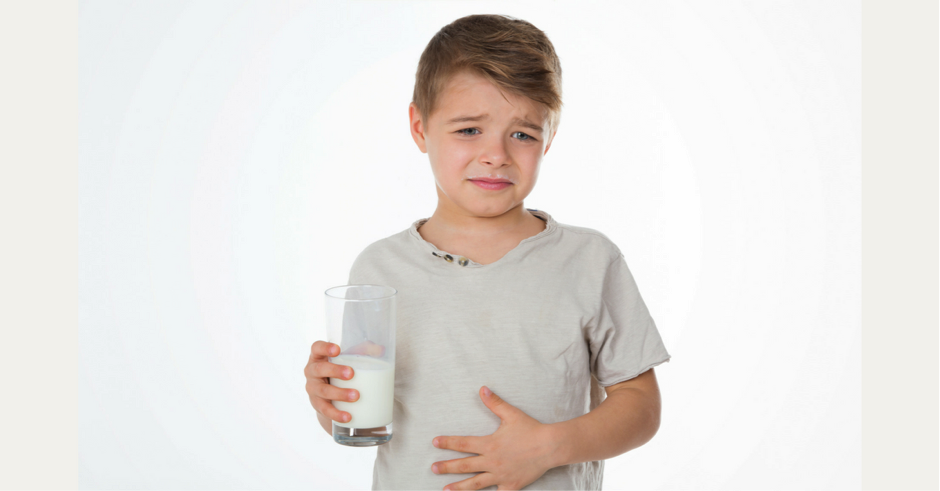
Most people in the world stop producing lactase soon after weaning age in childhood. But not Europeans who developed a genetic mutation that allows us to keep drinking milk. Unfortunately, all these milk-drinking European nations have the highest levels of various cancers as well as osteoporosis. Lactase intolerance would have kept them from consuming this hormone-altering food.
Better, in my opinion, to be lactose intolerant, like 8/10 people in the world, with immediate uncomfortable symptoms that encourage you to avoid milk entirely, than to drink in the hormones of another species with all the more sinister spin-off effects.
Calcium & bone health
It may come as a surprise, but countries that consume the most dairy have the highest osteoporosis rates. Scientific evidence does NOT support the belief that drinking milk leads to strong bones. Large scale studies show that the higher the dairy consumption, the more bone fractures.
This is thought to be partly due to the high protein (casein) content of milk, which disrupts the pH of the blood. This results in more calcium being excreted, rather than it made available to the bone matrix. High calcium levels in milk also appear to cause Vitamin D dysregulation which in turn affects bone structure.
Countries that take in as little as 300mg calcium per day (our RDI is 1200mg), like Japan and Peru, experience remarkably few bone fractures.
What about Phytoestrogens?
Soy foods and some other plant foods contain natural chemicals with the unfortunate name of ‘phytoestrogens’. These chemicals have a similar structure mammalian oestrogens but also have important differences. Phytoestrogens have been shown for centuries to actually protect against breast cancer and oestrogen excess – the exact opposite to excessive mammalian oestrogens.
There are two types of receptors on cells that allow oestrogens to ‘dock’ and enter the cell. ALPHA receptors in breast tissue promote cell proliferation, and it is these receptors that oestrogens from humans and cows (and other mammals) fit into. It is these receptors that the oestrogens in Premarin (hormone replacement therapy oestrogen from horse urine) also dock at, which is why HRT causes a significant increase in breast cancer.
Notably, it is also these receptors that the phytoestrogens from hops (the beer-bittering plant) dock at, which is why overweight men who drink beer regularly get man boobs.

On the other hand, soy phytoestrogens dock at BETA receptors which, in breast tissue, oppose cell proliferation. That is why women who take in regular soy products through their lives (and little or no dairy) barely experience any of the oestrogen-excess symptoms of menopause, and have ridiculously low or non-existent breast cancer rates.
There is a myth that circulates that says that men who eat phytoestrogens will lose masculine characteristics to some extent. This has been studied quite extensively. You’d have to eat 14 – 20 serves of soy foods daily for those phytoestrogens to exert feminising effects on men.
Old-fashioned dairy farms
About fifteen years ago, before I knew about the potential negative health effects of dairy, I was part of a cow share programme. One day a week, morning and night, I went to a farm to milk a cow.
For a tiny cost we got to take home all the milk. We milked around 5L/day mid Winter to over 16L/day in Spring. (That’s when I made a lot of cheese.)
I usually took one of my children and we walked down a green grassy hill to round up ‘Susie’ the cow. We talked to her and fed her fresh lucerne grass to eat as we milked. We patted her and treated her well.
There was nothing like the experience of sitting on a milking stool in the small tin shed that was the milking byre, with rain pouring down on the grassy hill outside, and inside the warm flank of the cow to rest your head on while you milked, steam rising off her warm back.
When she had a young calf – just now and then – we only milked in the mornings and her calf was with her all day, locked up in the stockyards overnight. She produced sufficient milk for calf and people easily.
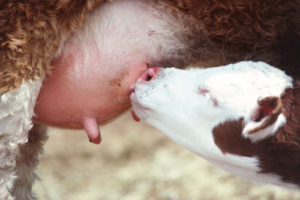
This was like dairy farming of the past.
Modern farms would not survive with this sort of personal cow care. Those days are long past for most dairy cows.
The modern dairy industry
Modern dairy farming is largely a cruel affair. Cows are kept impregnated so that they keep producing milk for most of the year. At birth or very soon afterwards, the calf is removed from the cow, with immense distress to each.
Cows are not machines, after all, but normal sentient mammals who are deeply attached to their young.
Male calves are either killed or placed in small pens where they cannot run around lest their muscles become too built up and ‘tough’ – to become veal. They are usually fed a chalky substance mixed with milk to keep their flesh pale, which consumers view as a delicacy. Female calves are kept elsewhere till they can join the milking herd.
Many herds these days spend much of their year, and some, all day long, inside the milking shed on concrete. This strains their hoofs, removes any freedom and the constant milking of larger amounts of milk than would be natural, ends up shortening their lives from about 25 years to little over 5 years. It is a piteous existence, compared to the life of a dairy cow in the past.
Substituting Dairy
The best thing we can do for our health is to replace cow’s milk with any other plant milk: soy, oat milk, almond milk, any nut milk, rice milk. (Coconut milk is not recommended, because of reasons you can read about <here>. It is NOT a health food.) Just try some different ones until you find what works for you. In two weeks you won’t look back.
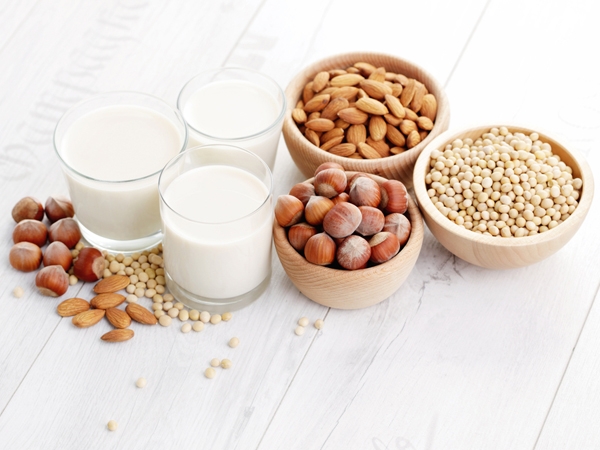
Cheese and yoghurt can be used as condiments – a little cheese sprinkled on top of a pasta dish or a small splash of yoghurt on a spicy stew – if you are able to control it like this – rather than making it a major part of the meal. These are traditional uses of dairy products.
Let’s not forget CHEESE!
Cheese is one of the most addictive foods on the planet. It is a food that alters pleasure centres of the brain in similar ways to opioid drugs. Here are some of the downsides of this popular food.
Cheese is high in saturated fats, so raises cholesterol. This disposes us to a higher risk of heart disease. And it’s high in condensed calories – and tastes so good people easily eat too much of it – it is a major factor for weight gain. It is incredibly high in sodium, and this can increase blood pressure for susceptible individuals. Some cheese with lactose can cause digestive upsets.
In America, cheese consumption has tripled from the 1970s to each person now consuming over 16kg of cheese each year. And people are still surprised at the soaring rates of heart disease, strokes and weight problems and talk about needing to find the cure! It seems obvious to me!

And Australians are not far behind, with 13.7kg cheese per person every year. I’m not eating any, so someone is eating my portion too! And for your interest, Australia’s favourite cheeses are, first, cheddar, then goats milk cheese, followed by blue cheese.
Australians and Americans are demanding more cheese on foods. Pizzas are more cheesy than ever, nachos have cheese – even though traditional Mexican food did not contain cheese. And certainly, Japanese sushi never contained cheese traditionally, but now it is drizzled on everything. And the worst is – cheese naan breads!
We have added cheese to everything and are hurting ourselves in the process.
Milk Post Action
Cutting dairy foods out of the diet entirely is really the easiest thing to do. This milk post recommends it for all the reasons listed above.
Calcium deficiency will rarely be a problem with a healthy diet rich in green leafy vegetables and sufficient Vitamin D.
Out of all the changes that you can make for your health, this is the one that I believe will make the most difference. In so many ways.
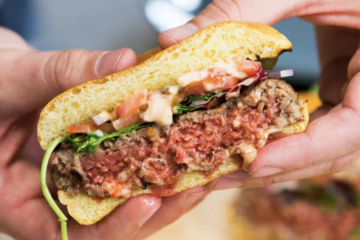
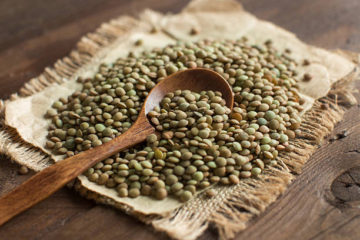
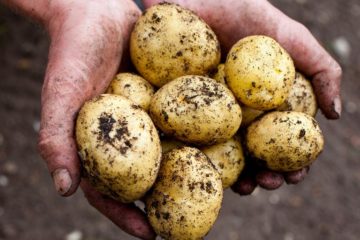
3 Comments
Robyn · July 1, 2020 at 10:16 pm
Very interesting post thanks mary
Andrew Beard · July 21, 2020 at 4:07 pm
Thanks Mary, very helpful.
But I still love cheese. I will try to cut down my dairy.
God bless.
Michelle · July 23, 2020 at 7:39 am
I cut cows milk out, it took me a while to get use to almond milk in my coffee but I did! Now if I have a sip of a coffee with cows milk – yuck! I’m happier and healthier without cows milk. Now to use this article to help me explain to my kids why they should do the same! Thank you Mary!